Owning a property in Italy is a dream that many people have made into a reality. And so can you. In this first of a three-part series, Fleur Kinson guides you through the initial why, what and where.
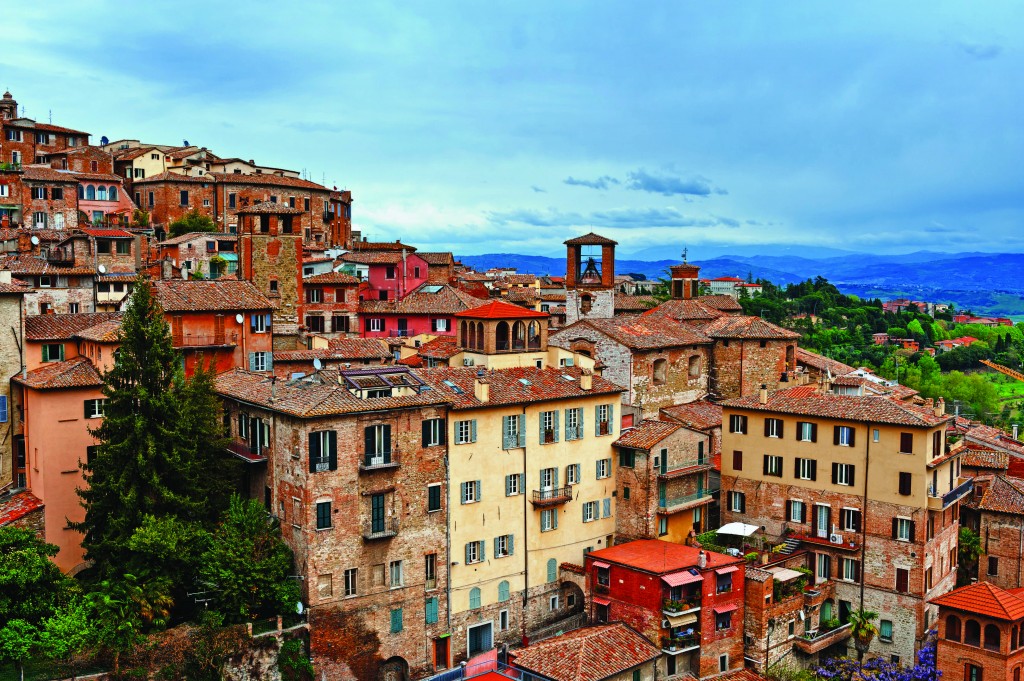
The Market
Admit it. You love Italy. (Why else would you be reading this excellent magazine?) You’ve visited the country many times and been enchanted by its sensuous climate, its jaw-dropping landscapes, exquisite buildings, friendly people, spectacular food and… do I need to go on? The fact is, you’re smitten, and you want more.
You long to get closer to Italy and enjoy more of its lifestyle, and you realise that the best way to do this would be to secure your own bolthole here. Very sensible of you!
Staying in a home of your own when you’re abroad is very different to staying in a hotel or self-catering property. There’s greater freedom and privacy, of course, but there’s also a sense of living like a local person and being much more in touch with the place you’re in. You get to know your locality intimately, local people befriend you, and you become part of the community.
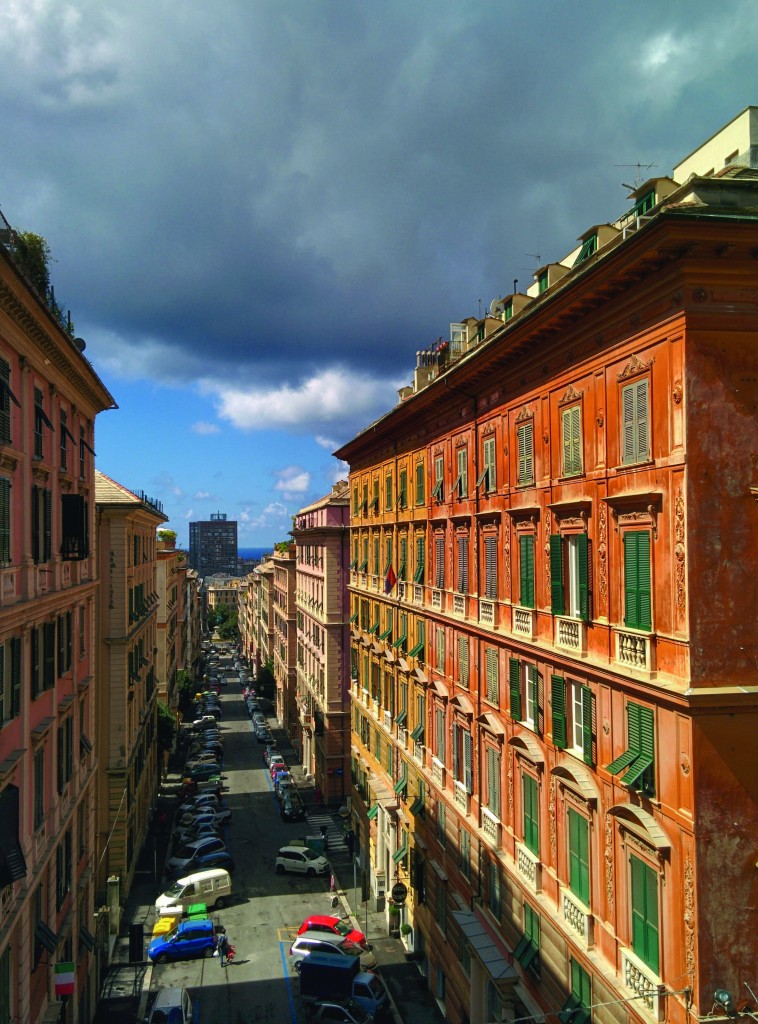
There’s a lot to be said for holidaying in a new and different place every time, but returning to the same place again and again? Well, that has its own very special charms. Ultimately, you end up with an Italian life as well as your life back at home.
There’s another very sensible ‘why’ when it comes to buying a home in Italy, and that’s financial investment.
We all know that for quite some years now it has generally been wiser to put your money into bricks and mortar than to let it gather dust in a bank account. Property tends to give a better rate of appreciation than the interest offered by banks these days. And there’s the added bonus that you can enjoy spending time at a property while it’s appreciating in value.
Italy is a particularly safe and stable country in which to buy a home. Regardless of what happens in the wider economy, the Italian property market is remarkably resistant to destructive booms and busts. Prices rise or sink modestly and slowly, without sudden steep climbs or plunges. Italians generally have a laudably healthy attitude to property – they build to last, and they don’t over-build.
They safeguard the attractiveness of popular areas by restricting building size and style, and they don’t flood the market with a glut of properties that subsequently drive down prices. For a combination of enjoying your investment and feeling secure that your money has been safely spent, Italy makes a superlative choice.
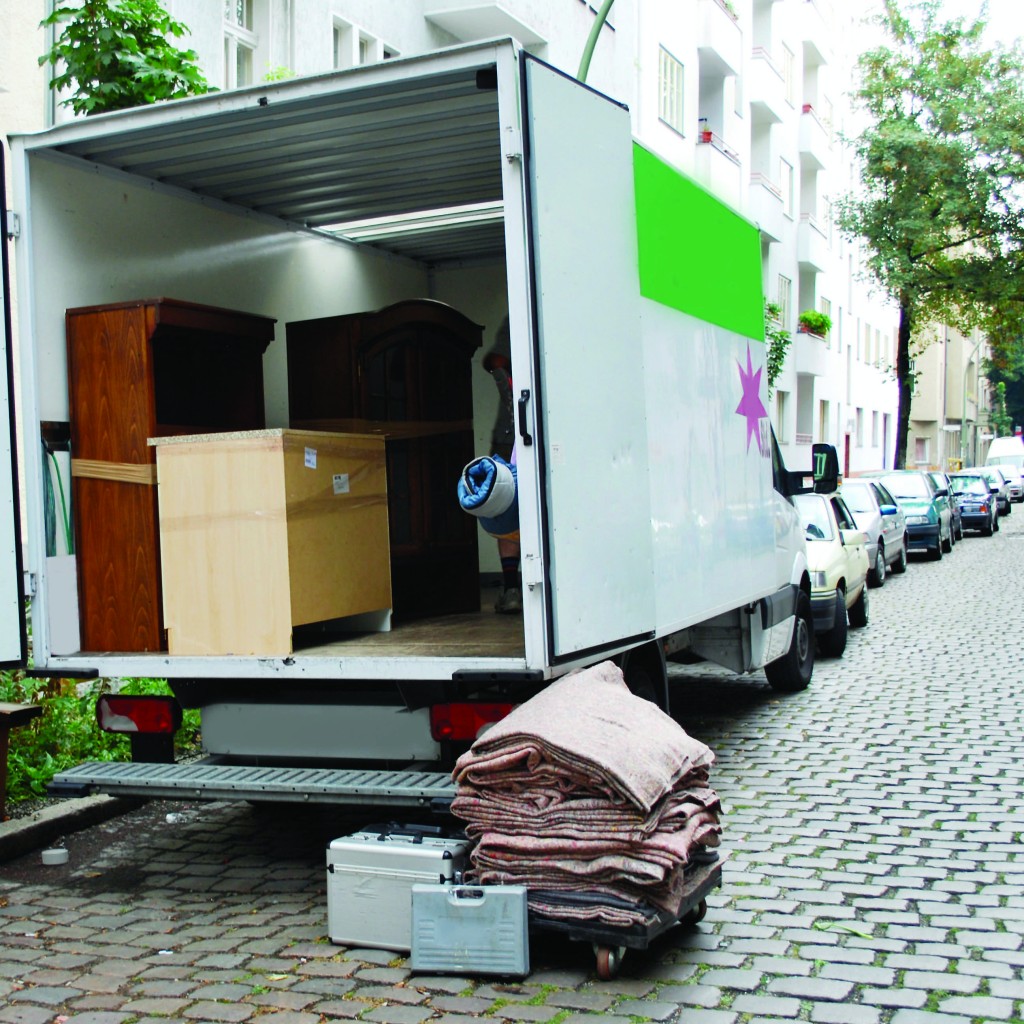
And right now is a particularly wise time to buy in Italy. The international recession, which took so long to have an effect on Italian property prices, eventually did so – as a persistent dearth of foreign buyers finally prompted some vendors to inch down their asking prices and many others to be more receptive to offers.
The end result is that you can now buy a home in Italy for a bit less than you would have paid for it in, say, 2007. Prices are not expected to go down any further and are instead anticipated to begin modestly rising again sometime soon. Obviously nothing is guaranteed, but this is how things look to the many of us who make a close study of Italy’s market.
Budget and ways of buying
So much for the *why* you should buy, now what about the *what*? What sort of property do you want and what will your budget allow? These are big questions and anyone thinking of buying property in Italy needs to consider them very thoroughly before taking any further steps. It’s crucial that you realistically identify your budget. And don’t forget to include a margin for unforeseen expenses.

You should generally factor in an additional 10-20% of any purchase price to cover the various fees that attend homebuying. (These can include a combination of registration fee, land registry fees or stamp duty, notary fees, legal fees if you want independent advice, the estate agent’s fee, a mortgage fee if applicable, the IVA tax if you’re buying from a company, and state tax if you’re buying from a private individual.) Factor this extra 10-20% expenditure into your budget right from the start and it won’t come as an unpleasant surprise later on.
Now, what sort of purchase are you going to make? Are you going to buy a place outright and use it as a private holiday home (or even new full-time residence)? Are you going to offer holiday rentals on the property when you’re not there, to help cover your costs? Or might you be interested in buying into a fractional ownership property? We’ve discussed FO schemes a few times in this magazine, and they remain for some buyers a very good alternative to buying an entire house.
If you’ve never heard of it, here in a nutshell is how fractional ownership works. Essentially, for a five-figure sum, you can buy a fraction of what is usually a seven-figure home. This entitles you to stay in the whole property for several weeks every year, but unlike with the ill-reputed ‘timeshare’ system, you actually own a share of the home, your name is on the title deeds with the other owners and you can sell your share or leave it in a will whenever you like.
If this sounds interesting to you, do investigate the well-operated fractional ownership options that currently exist across central Italian regions such as Tuscany and Le Marche.
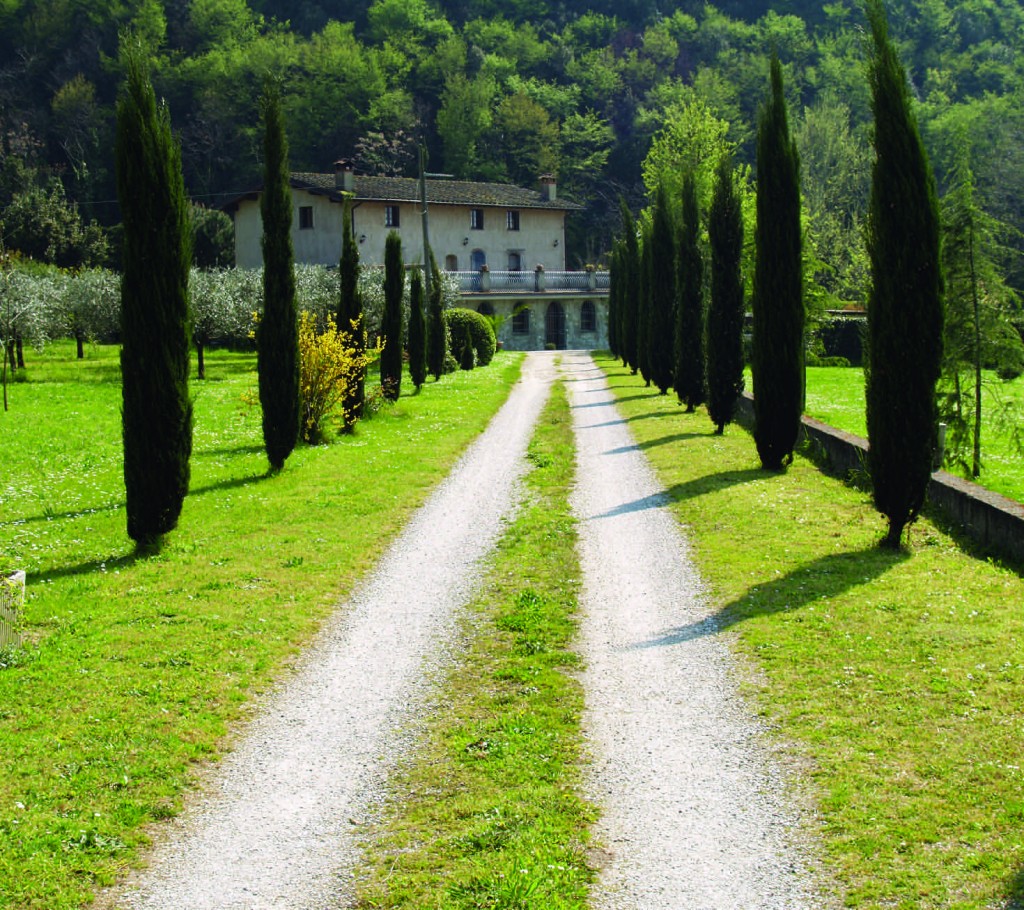
But now let’s return our attention to conventional, outright buying. If it’s full ownership that you want, all of Italy falls under your prospecting gaze. And *where* becomes the key question, especially as location will have such an intimate connection to budget…
Considering location
As you’d expect, different parts of Italy are pricier than others. But it’s not just as simple as Tuscany = expensive, Calabria = cheap, and so on. Every Italian region has its higher and lower priced parts, and you need to investigate where might suit you best. There are price differences between city, village and rural locations, and between coastal, inland and mountain locations.
Choosing where to buy in Italy involves complex interconnected considerations of what sort of landscape you prefer, how close to other people you want to be, how much travelling time you’re happy to undertake, whether or not you already have a decisive affection for a particular region, and of course what your budget will allow.
Italy is a remarkably heterogeneous country, with big regional variations in language, culture, food, traditions and even climate. So you can’t just say “I’ll choose the cheapest region” and hope to find exactly the kind of Italy you might be looking for. Some understanding of the nation’s general variation is called for, so here’s a stab at a synopsis.
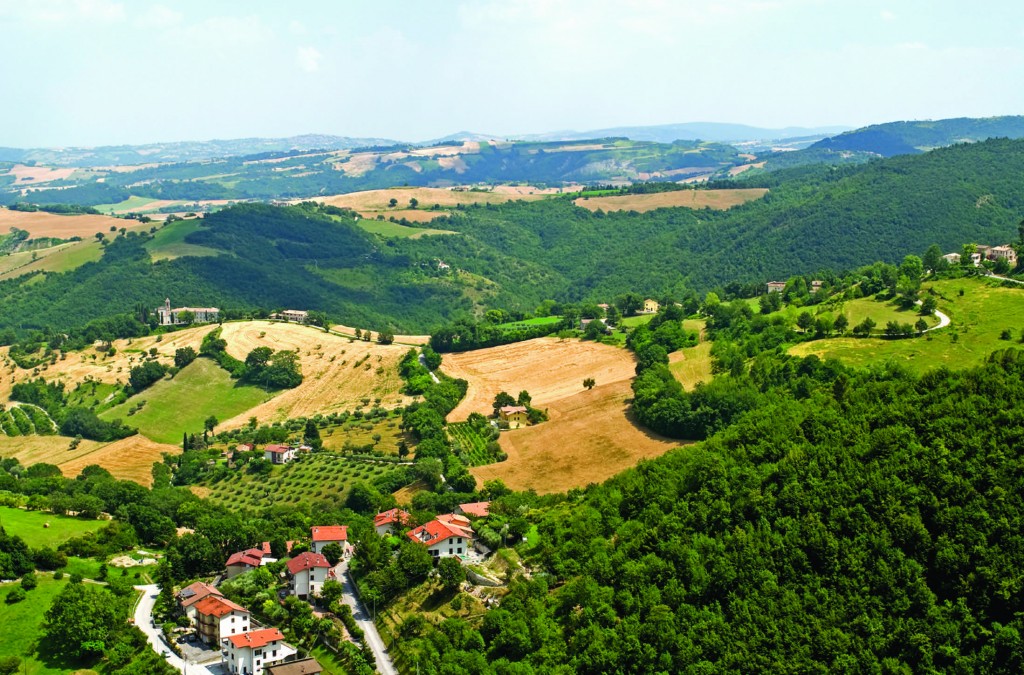
Northern Italy is sophisticated, well-run and industrious. It offers superb cuisine and a sky-high quality of life. It’s also painfully beautiful, with celestial high mountains and heart-meltingly romantic lakes. Small, gem-like cities are numerous. Central Italy is a little sleepier, and is famed for its astonishing glut of art treasures and its absolutely idyllic countryside.
Southern Italy, meanwhile, is typically hot, colourful and exuberant. It’s economically poorer than northern and central Italy. Landscapes down here can be very dramatic, especially coastal ones.
Generally, it can be said that northern and central Italy are pricier for property than the south, but there are many exceptions. For example, some of northern and central Italy’s leafy highlands can present a real bargain, while gilded southern locales such as Cápri or the Amalfi Coast can be eye-wateringly expensive. Obviously, you need to look around, do your research and get to know the options.
Considering location further
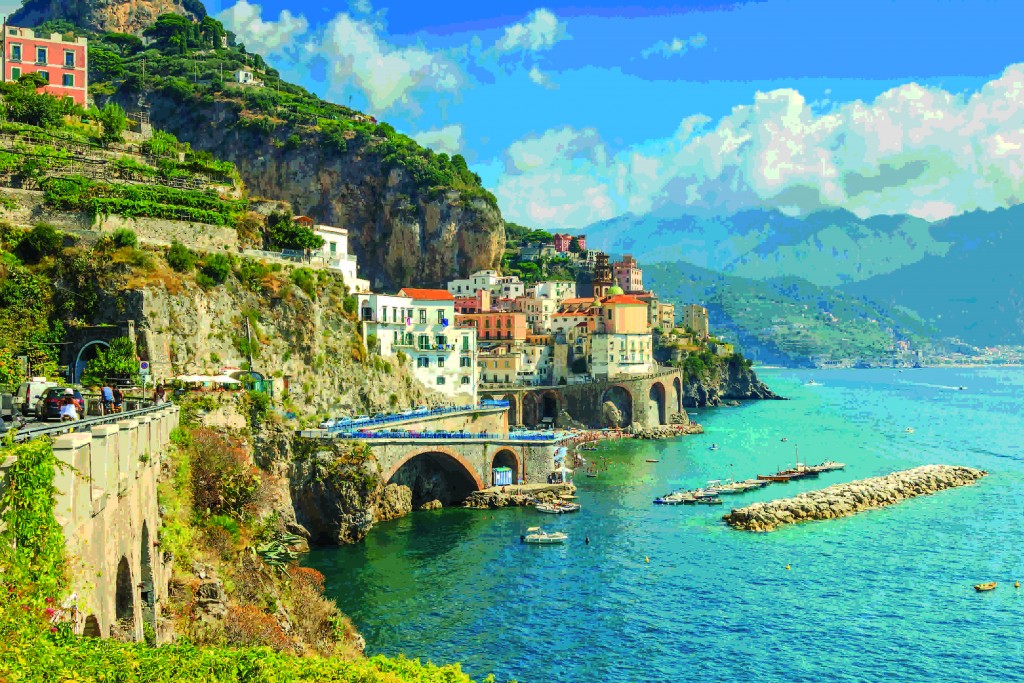
Here are some other generalisations to apply irrespective of region or the north/south divide. Apart from ski resort areas, Italian property prices usually go down in inverse proportion to altitude. So the higher your elevation, the less you’re likely to pay.
This works out great for many foreign buyers, as they get wonderful panoramic views from on high, and because most of Italy tends to climb pretty quickly from the coast, chances are that beaches are never too far away. A good rule of thumb to maximize value-for-money is to seek a home about 20-40 minutes’ drive from the sea.
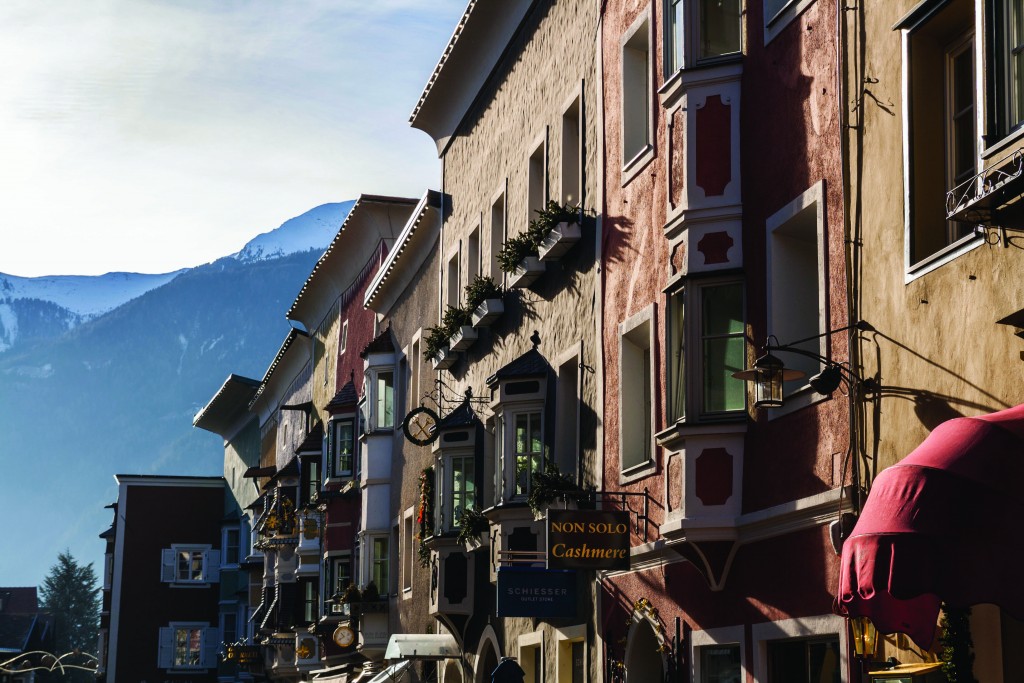
What about the rural/urban divide? Most foreign buyers in Italy are seeking a country retreat rather than a city pad, and this means that rural property prices – while generally lower than urban ones – aren’t always quite as low as you might expect. Especially for super-desirable old farmhouses. Here’s a hot tip for you: consider buying in a village or a small town.
Value-for-money is often greatest in these, and there’s the huge added bonus of having some amenities on your doorstep and a ready pool of potential friends to embrace you into their community.
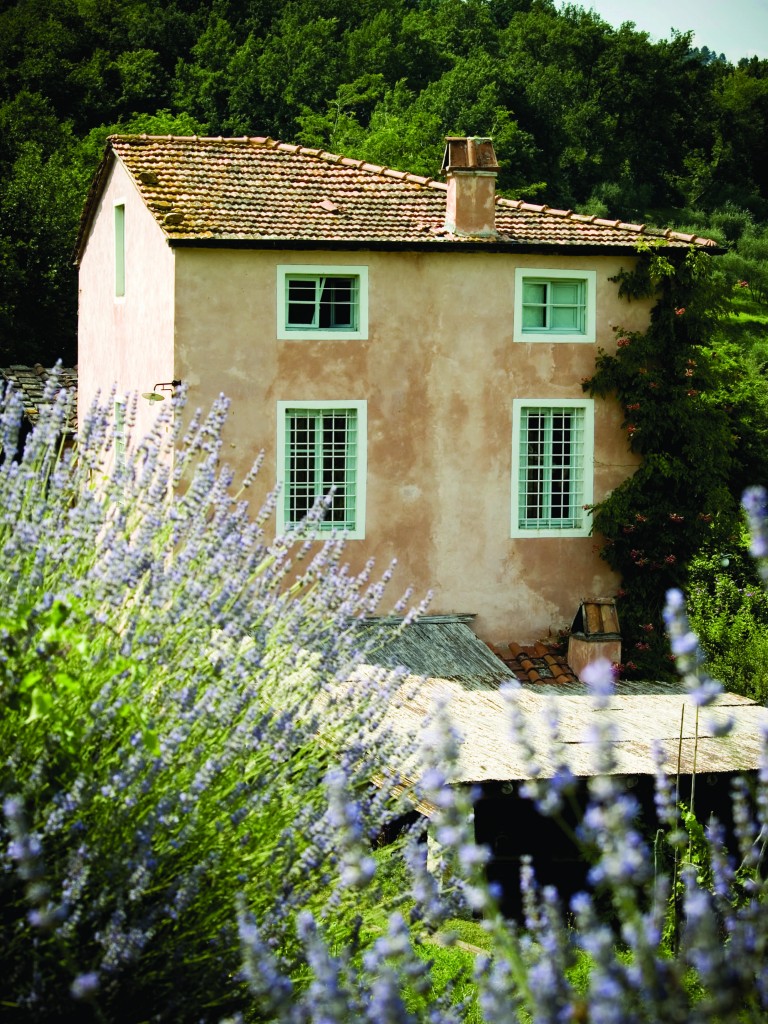
Hopefully, your appetite for searching has been whetted. There are lots of knowledgeable, helpful estate agents out there who specialize in helping foreign buyers like you find their dream home in Italy. Some advertise in this very magazine, others can be found through online searches. Investigate several agents, look through what’s for sale, keep considering what exactly you want and where, and enjoy the start of your adventure!
For more information on Italy’s regions and their property markets, see Fleur Kinson’s website: www.where-to-buy-in-italy.com
and append this code to the end of your
tag: